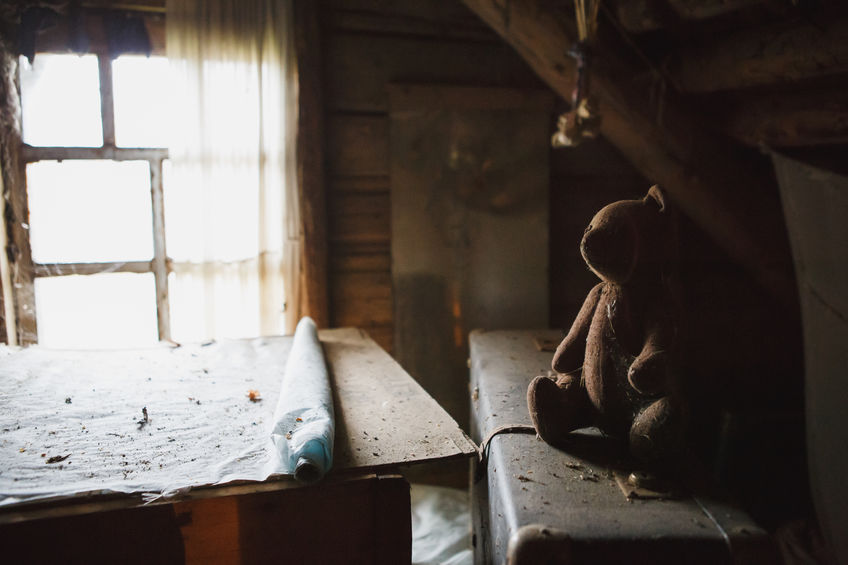Do you really need to clean your attic in your home in Albuquerque? After all, you’re unfinished attic is just being used for storage, so a little dirt won’t hurt, right?
Not so much. That dirt and dander builds up over the years and can circulate into the rest of your home, possibly making you sick. Dirt and allergens find a way through ceiling hatches, doors, recessed lights, and heating and cooling systems.
If you plan to sell your home in Albuquerque, a clean attic can help close the deal. Also if you clean your attic, you’ll also be able to reorganize and find new ways to use that space.
Attic Cleaning Basics
• Dust walls, window frames, and rafters with an electrostatically charged cloth (think Swiffer) or duster, which grab twice as much dust as cotton cloths. Don’t forget to dust exposed roof trusses, attic fan blades, light bulbs, fixtures, hatches, and door frames.
• Vacuum with a HEPA (high-efficiency particulate air) filter vacuum cleaner, which channels all vacuumed air through a filter designed to remove even microscopic particles. A less expensive choice: Install a top-quality, high-efficiency filter bag in your vacuum.
• Line shop vacuums with a plastic bag, which traps irritants and makes debris disposal easy.
• Wear a National Institute of Occupational Safety and Health (NIOSH) mask, which filters a high percentage of airborne particles.
• If you suffer from asthma and allergies, hire a professional to remove the debris. There’s no reason to risk your life. A clean attic is even more important for your health, but the cleaning process can be even more risky if you deal with asthma and allergies. A professional can remove that risk and make your attic a safer place for you.
Keeping Irritants Out of Your Attic
Preventing mold growth and sealing out insects and vermin helps reduce irritants in your attic.
Mold: Moisture can leak into your attic from a number of sources, such as roof leaks and old caulking. After a big storm, inspect your roof for missing shingles and fix any missing or broken ones immediately.
Don’t bother buying a home mold test kit, which may register mold spores that are constantly in the air anyway. If you suspect mold, or can see a mold-covered area that’s larger than about 10 sq. ft., call a certified indoor air quality professional to evaluate your situation.
Dust: Many of those tiny dust mites you see floating around are really dust mite particles, roach parts, and vermin dander made of dried saliva, urine, and feces.
These dust proteins can trigger allergic reactions, so search for tiny cracks and openings in your roof, walls, and windows where vermin and insects can enter. Seal attic air leaks with caulk and polyurethane foam, and repair any holes in attic ventilation screens that are under the eaves and in gable ends.
